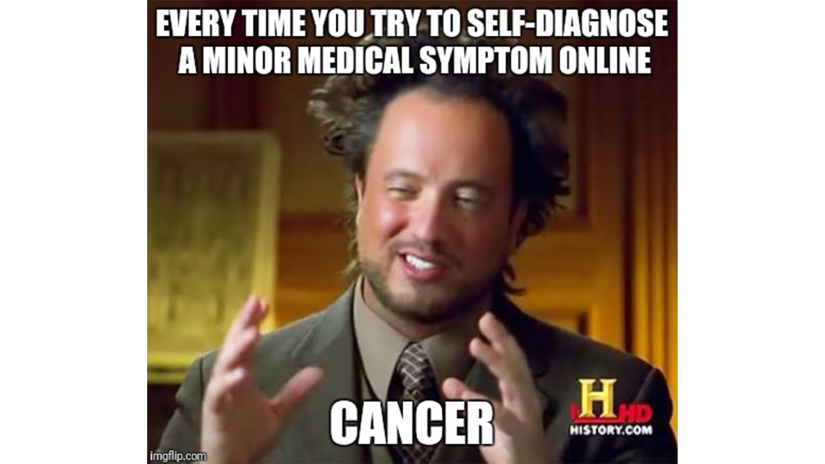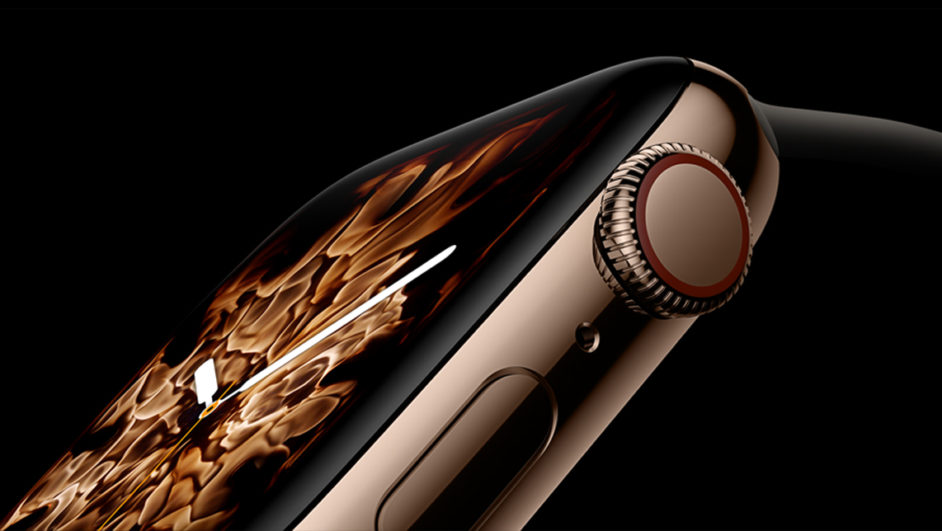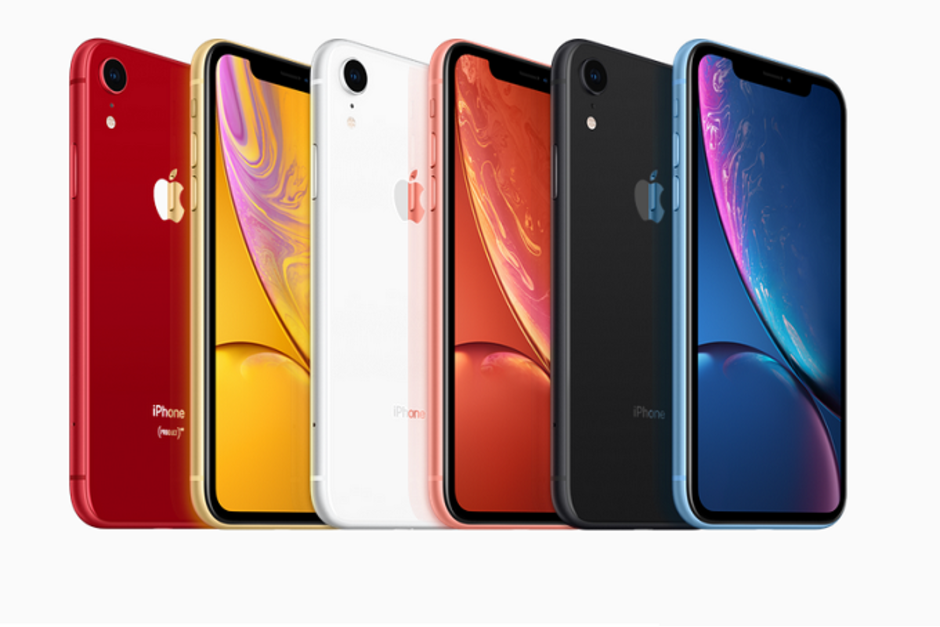Emerging technologies are rapidly redefining the way healthcare is provided to users. The catch here, though, is how useful these fancy-pants upgrades end up being to the end user. Do we really need an app that makes us freak out with alarming prognosis?

The widespread use of smartphones coinciding with the Affordable Care Act of 2010, saw the number of health and fitness apps available on Apple’s App Store increasing by 106%. These ranged from concepts as diverse as reminding users to drink more water throughout the day to measuring the number of steps they took, to measuring the air quality within homes and workspaces. Nice and pretty so far.
What was seriously lacking in these mhealth apps was meaningful usability. Healthcare at your fingertips is a double-edged sword, considering how the sector is among the most closely monitored in the US. Designers and developers therefore bear the responsibility of creating technology that is personalized, easy to use, smooth in function, and delivers on promises.
In the US alone, 80% of healthcare costs are a result of the collective lifestyle choices made by people. Thus, there is a growing need to shift the focus of technology to helping users manage their health better, rather than treating illnesses. Patient needs – the key stakeholders in the loop are often overlooked to focus on churning out revolutionary technology that dazzles, but is low on utility.
What defines Utility, really?
Personalizing utility is a tough ask. Human needs are too variable to ensure perfection in terms of utility. However, there are ways in which designers can ensure healthcare technology to be genuinely helpful. For instance, Instagram recently rolled out a new feature which alerts users with links to recovery and treatment services upon searching hashtags related to opioids or other illegal drugs.

Source: Instagram
And here’s what Apple has given users with its 4th series of watches

Source: apple.com
Emergency help when a user has tripped or fallen down, an electrocardiogram (ECG) functionality which uses electrical signals for heart rate monitoring that is both, highly accurate and FDA approved, an industry-wide first – all this with the signature Apple UX on the same interface.
And, in sharp contrast, Apple also launched 3 ginormous-sized iPhone models – the 5.8-inch iPhone Xs, the 6.5-inch iPhone Xs Max, and the 6.1-inch iPhone Xr at the same event. Hours into the Keynote, heated discussions emerged on how the otherwise user-considerate company ignored the basic needs of users having small hands (mainly women) – to launch devices probably created with Thanos in mind.
Women users: Experience hand cramps while using every iPhone model upwards of 6.
Apple: Meh.
Women users: Please bring out a phone the size of the SE model!
Apple: Not only shall we discontinue the SE, we’ll instead give you a dazzling array of colors.
Women users: But…hand cramps!
Apple: Coral! Blue! New gold! Yellow!

Source: apple.com
There’s a 101 in what to do and what not to do at one, single Apple event.
Making Healthcare more User-friendly
One cannot stress enough on the significance of taking user needs into account while designing healthcare applications. Basic UX exercises like user surveys, empathy interviewing and customer journey mapping go a long way in helping designers gain a deep understanding of user needs. However, designers specializing in healthcare need to increase their awareness about social and environmental parameters and channel it towards designing better and helpful user experiences.
As an example, let’s consider an app aimed at PTSD patients – to monitor their moods, the app may ask users to maintain a mood diary. Users may be asked to input their mood as “cranky” or “lonely”. However, when users report certain red flags such as feeling “suicidal” or even “hopeless” or “useless”, the app needs to trigger a recommendation for seeking immediate help from the emergency services or a suicide helpline.
There is no dearth of challenges for designers working in the healthcare sector. The takeaway here is that usability tops the list of priorities while designing healthcare technology. Designers and developers need to step up their game when it comes to employing empathy because this can be a matter of life and death for their end users – this being said without an ounce of exaggeration.









